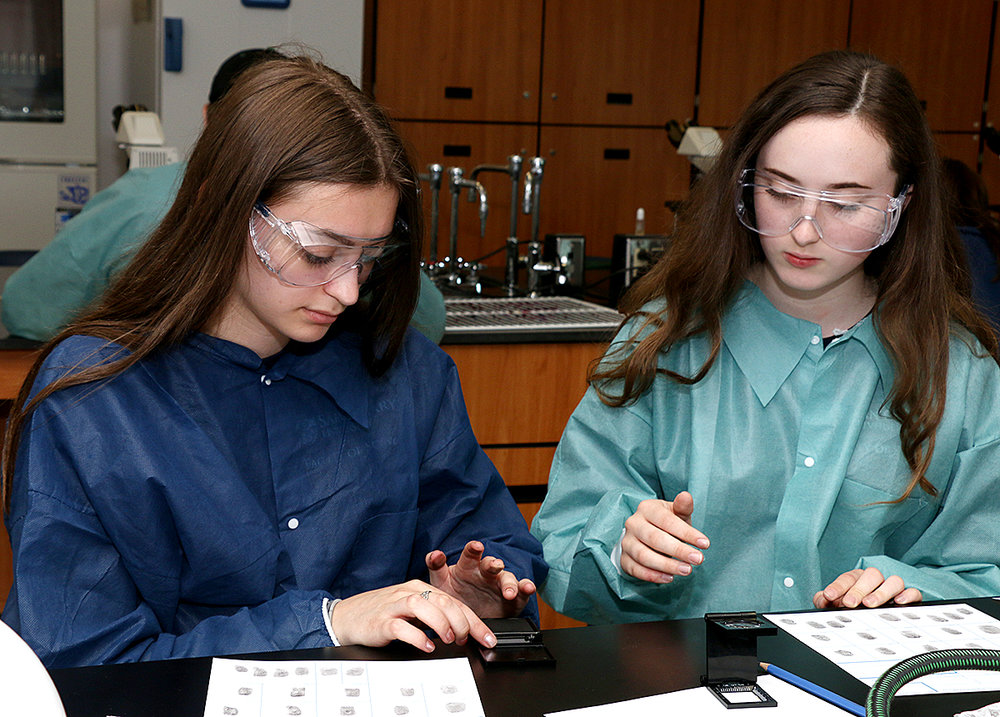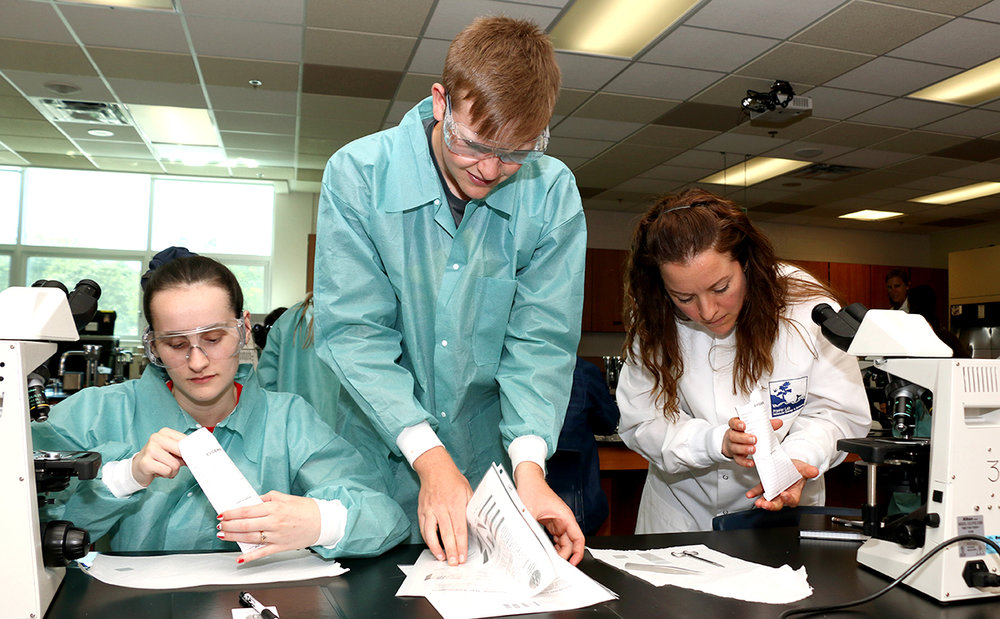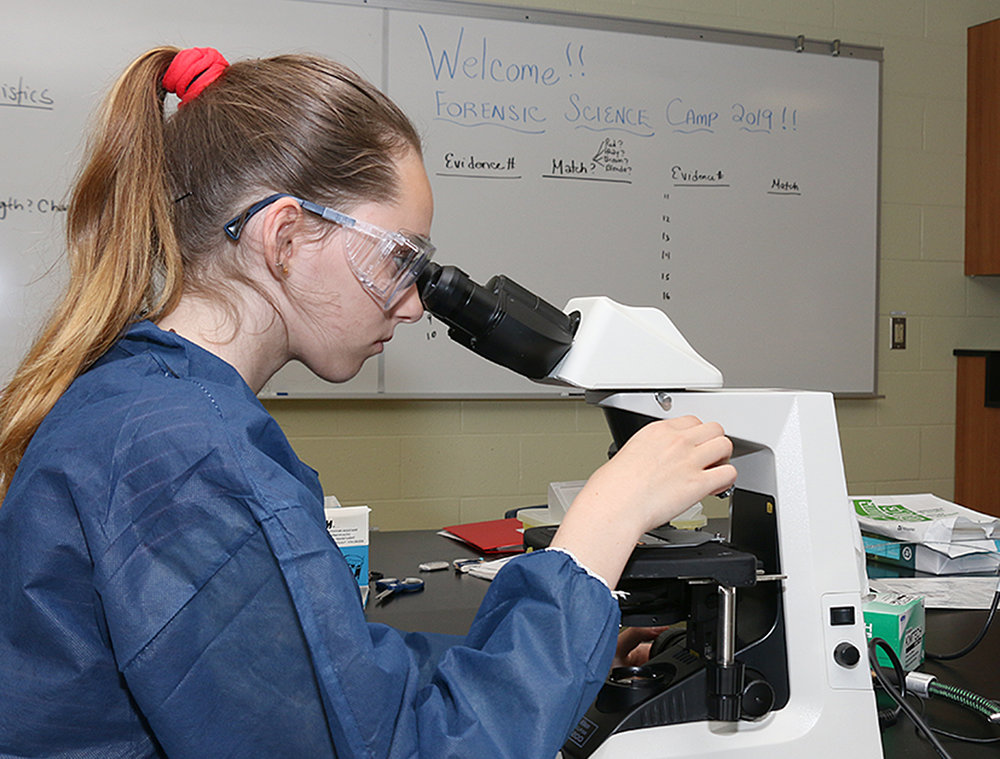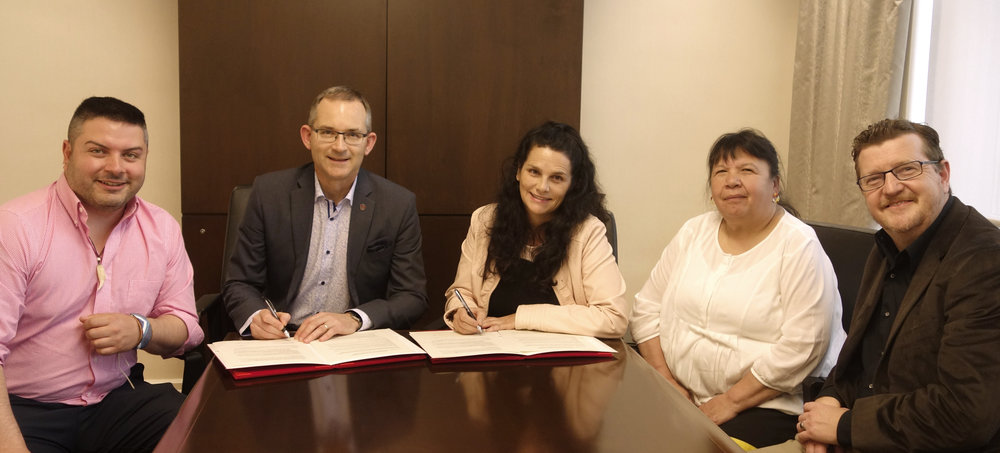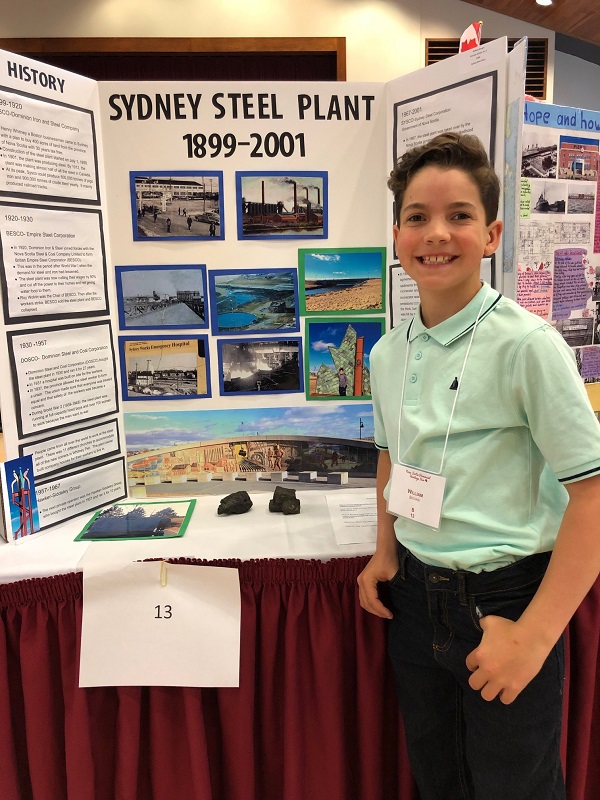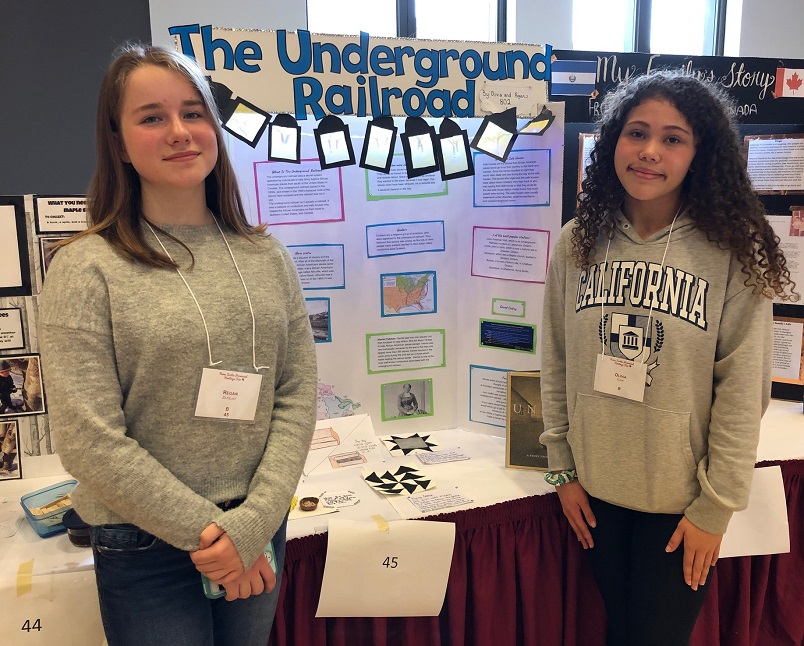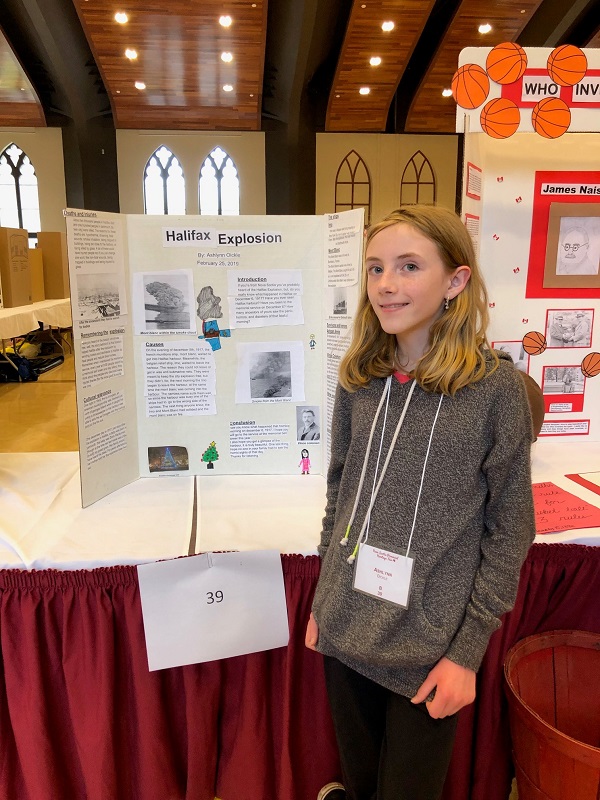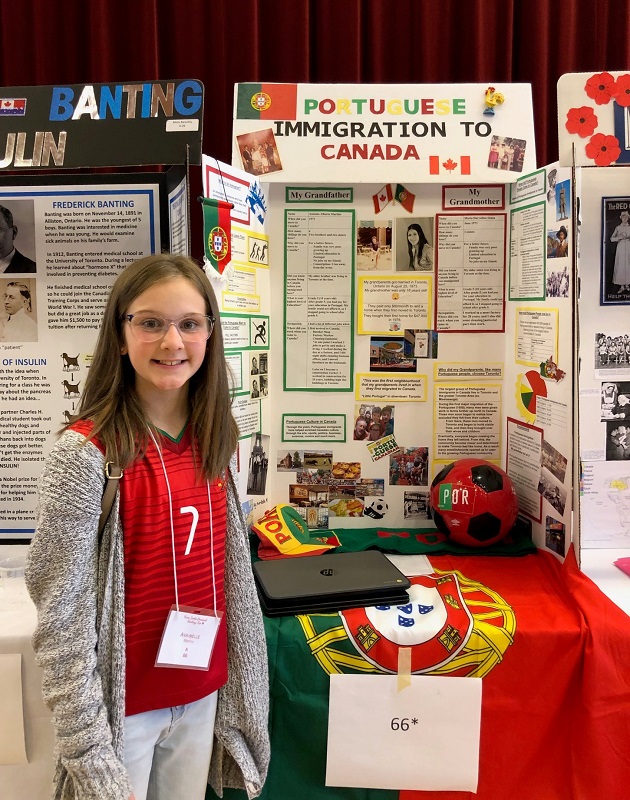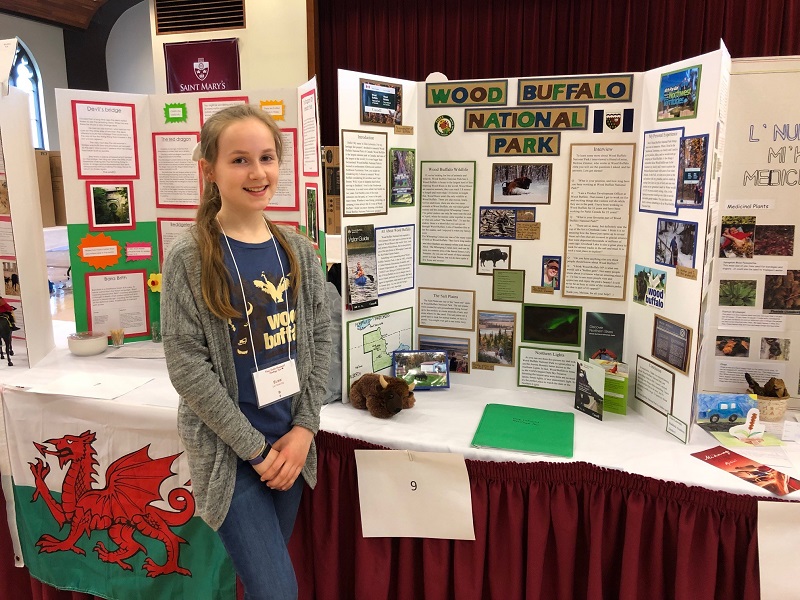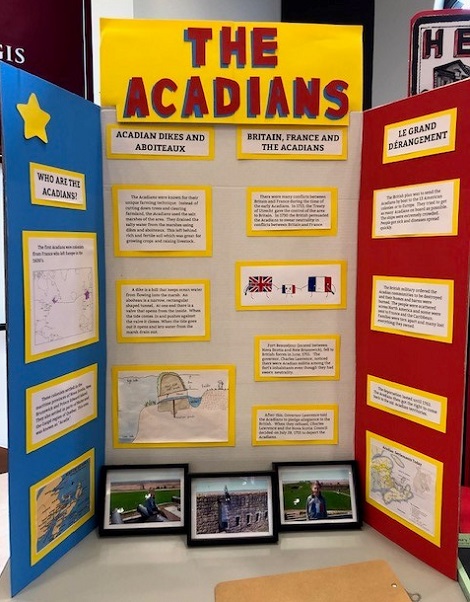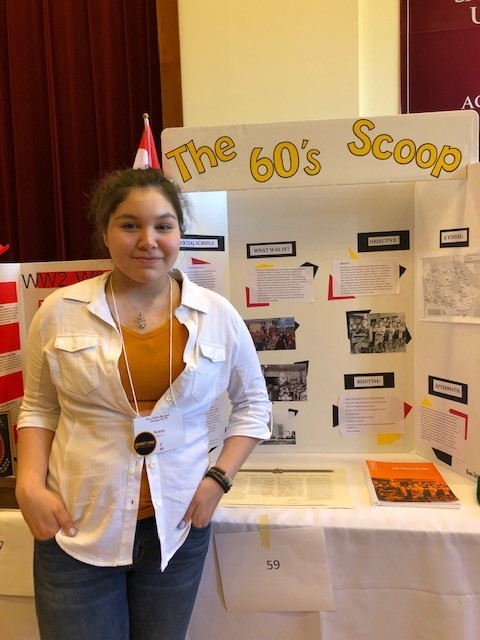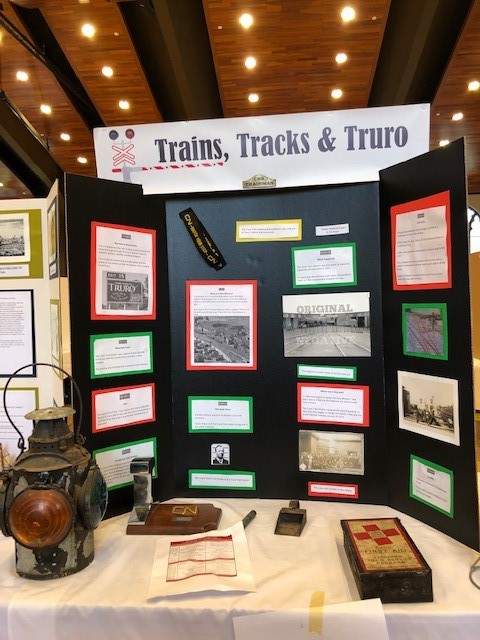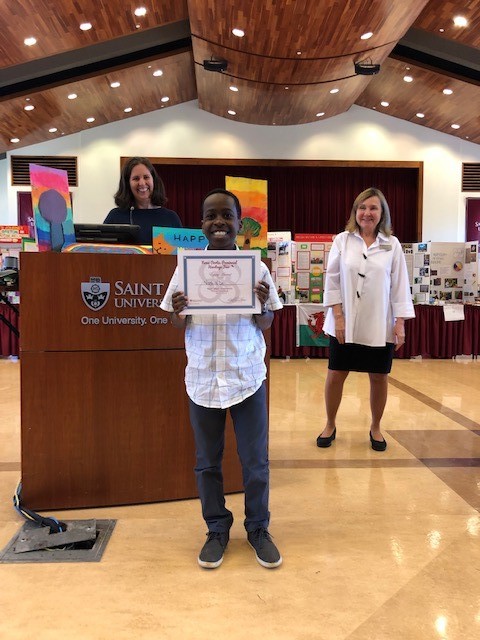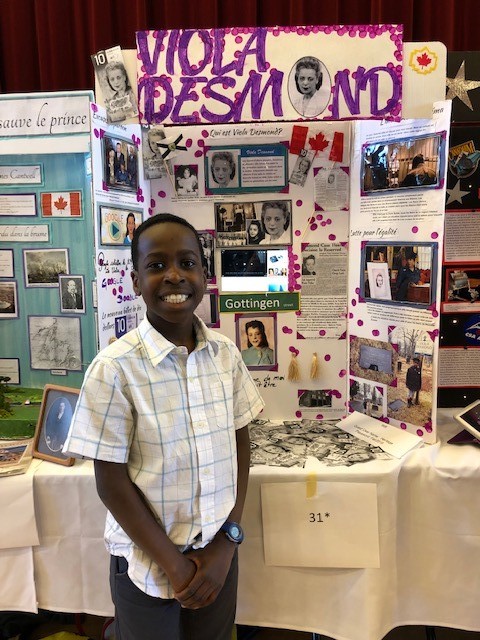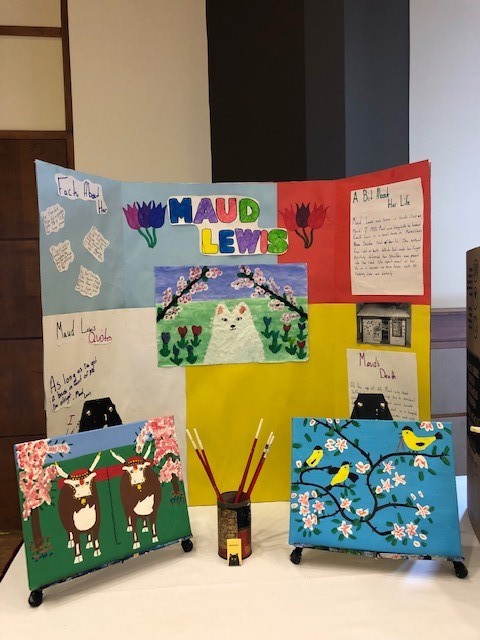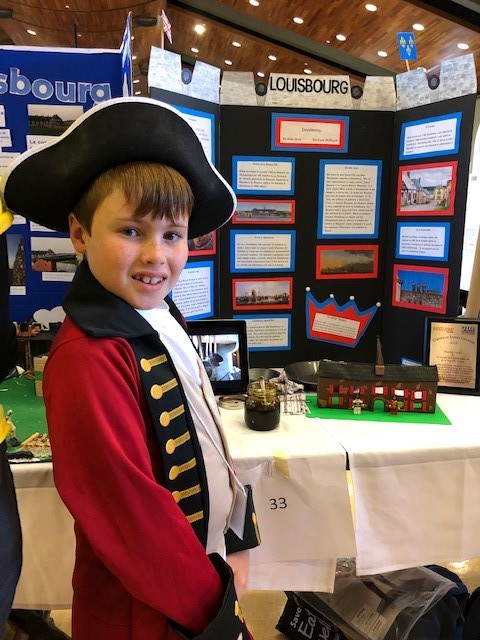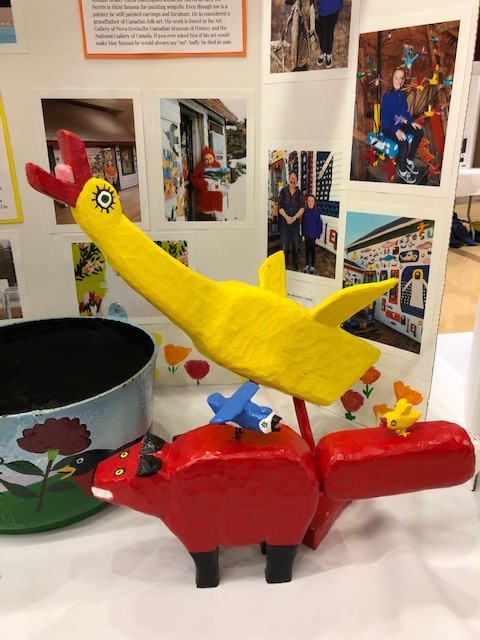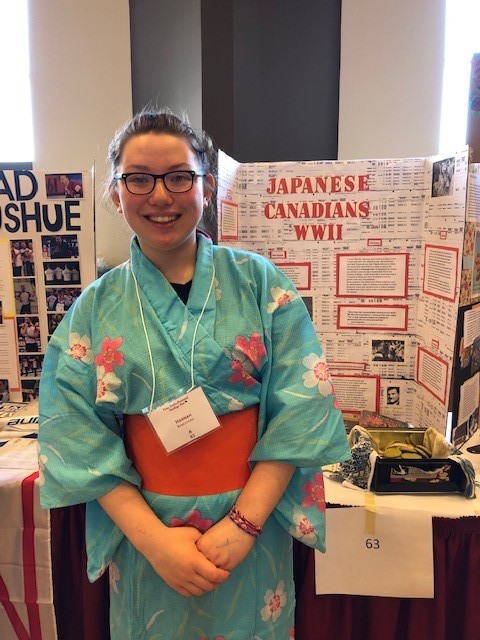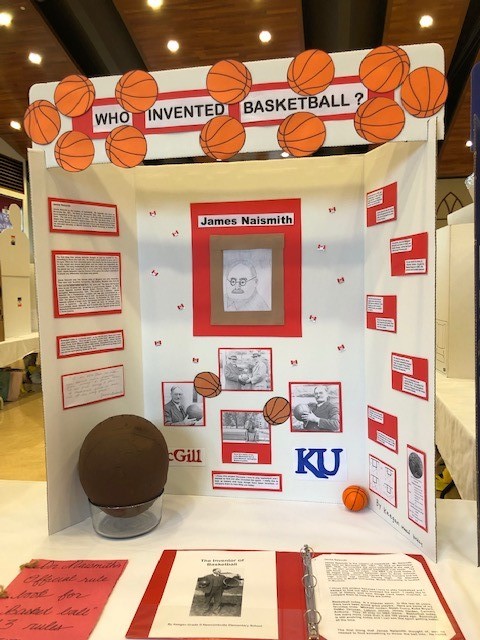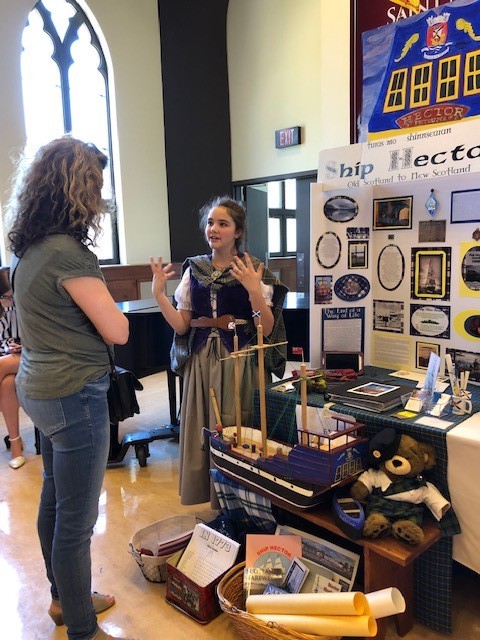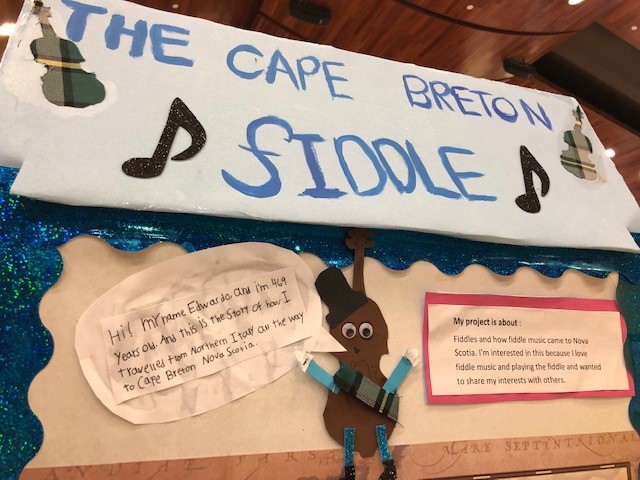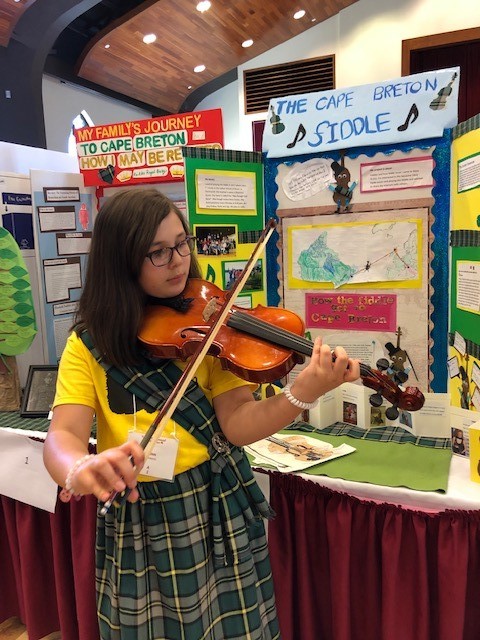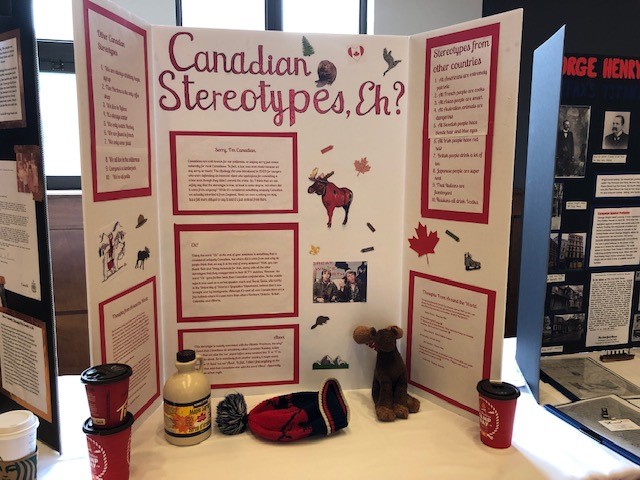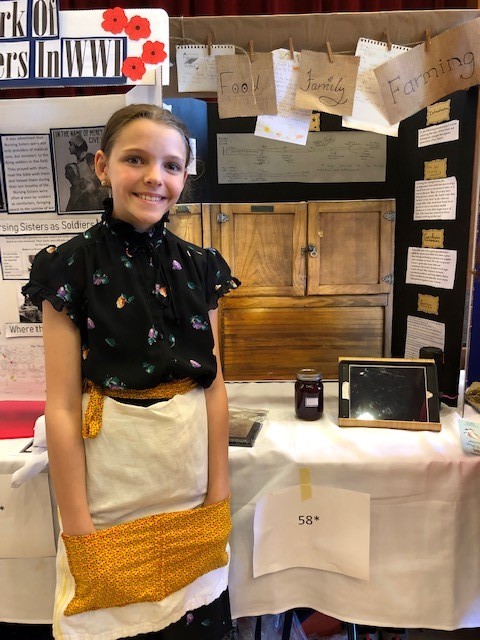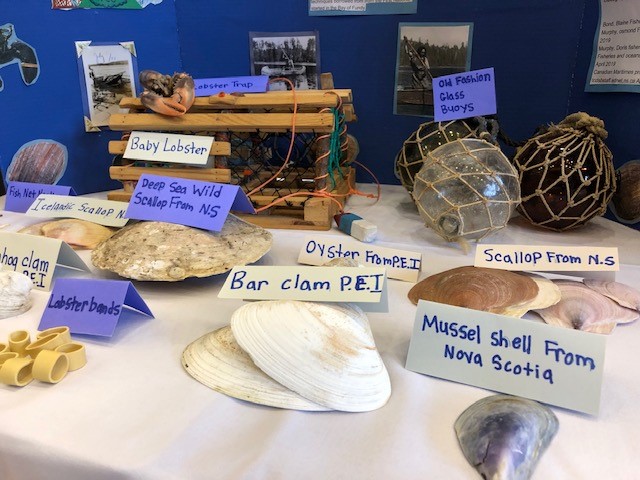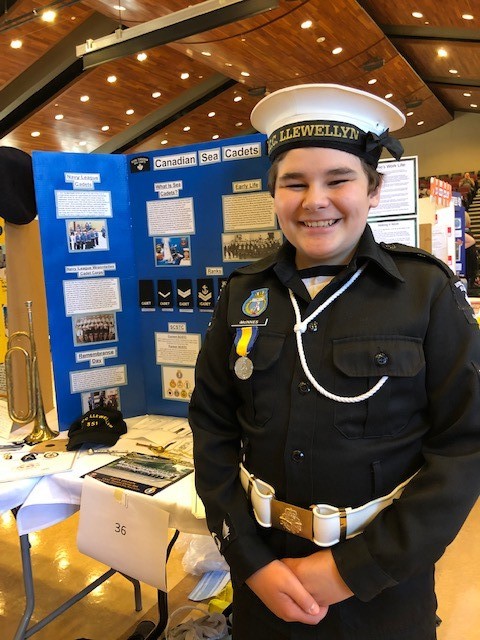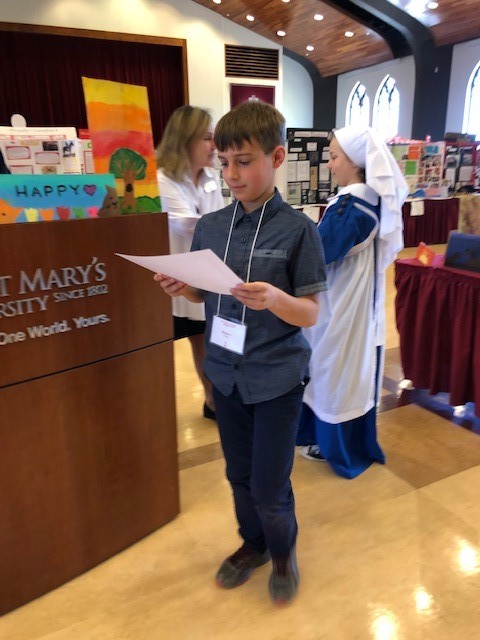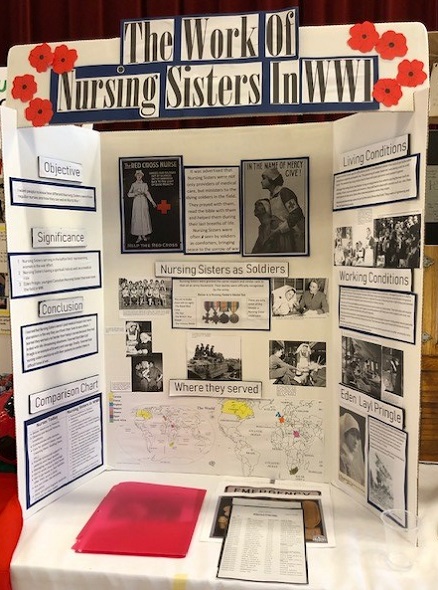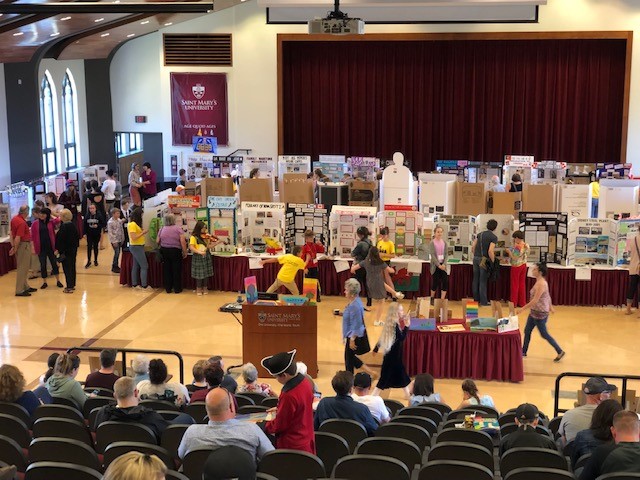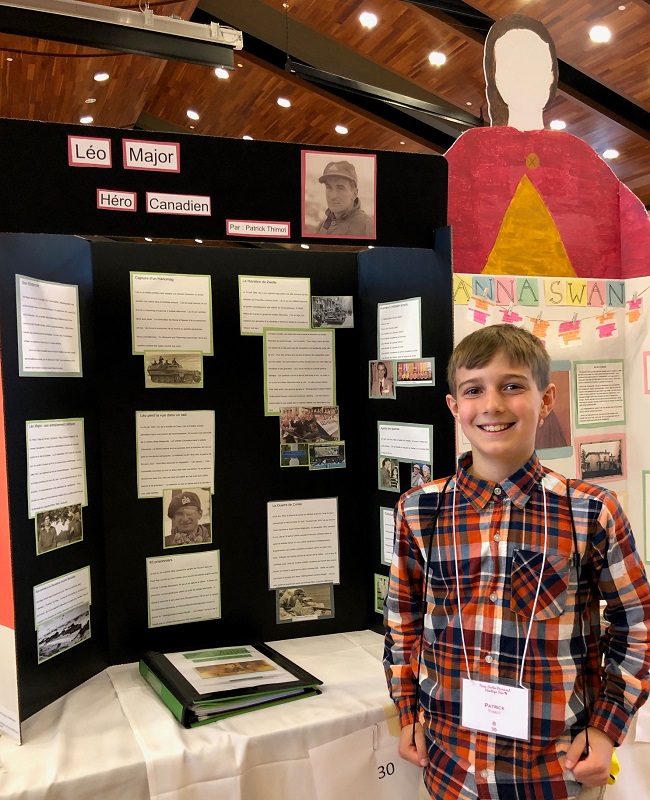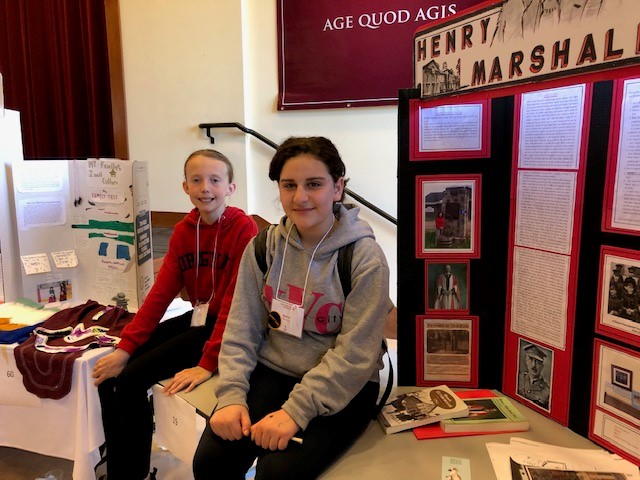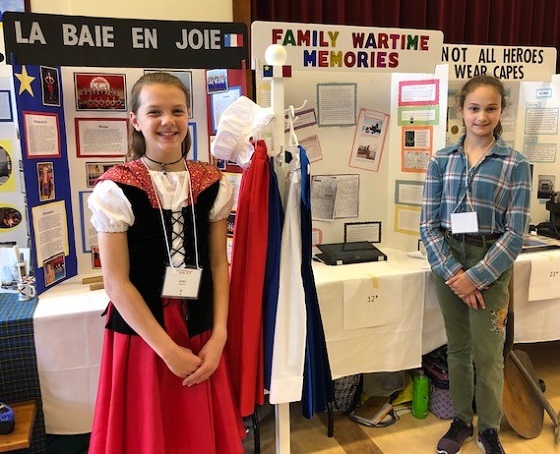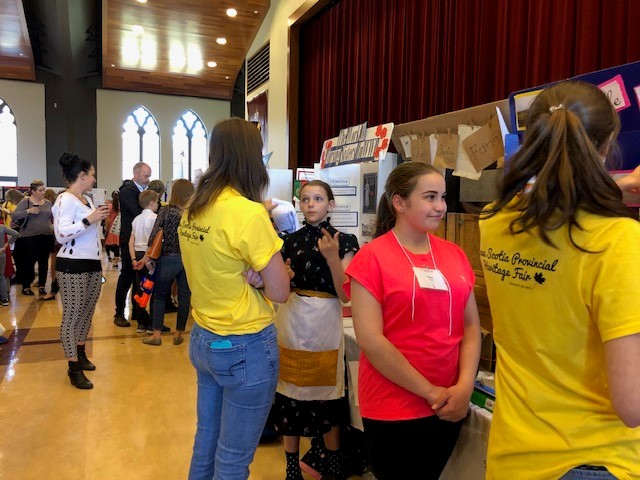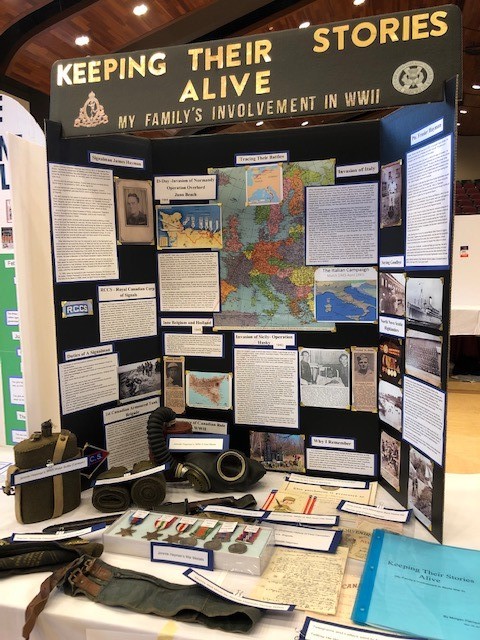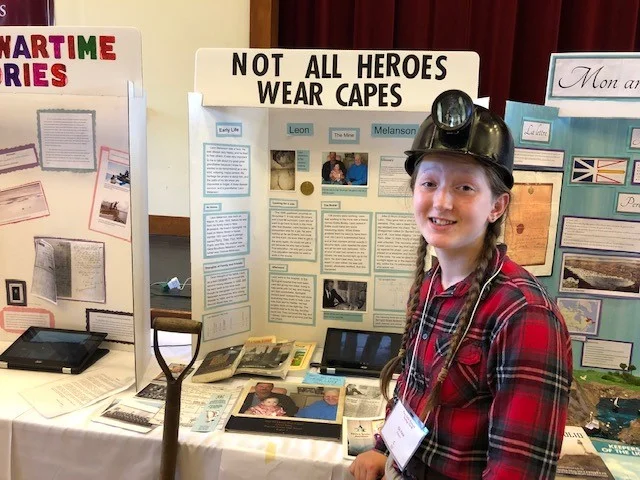Saint Mary’s University Astrophysics student Sophia Waddell
Publishing a lead-author scientific paper is always an exciting milestone for graduate students, one that comes after a lot of research, hard work and persistence to work through multiple edits with advisors and journal editors.
Sophia Waddell has already achieved this goal after her third year of undergraduate studies, having published a paper with the Royal Astronomical Society. The Astrophysics student has also co-authored four other papers: one with a graduate student after her first year at Saint Mary’s, two with her supervisor Dr. Luigi Gallo, and another led by a postdoc.
After coming up with the idea for the paper in her High Energy Astrophysics course, she wrote the paper and worked with Dr. Gallo on a series of revisions. She then submitted the paper to the Monthly Notices of the Royal Astronomical Society for an anonymous review, which resulted in just a few changes before the paper was accepted.
“It’s very rare that an undergraduate student is able to publish a lead-author paper,” said Dr. Luigi Gallo, Professor of Astronomy at Saint Mary’s. “Sophia has an amazing work ethic that is driven by her passion for the subject matter. She is constantly reading papers, working the data, asking questions, and often stumping me.”
Waddell’s paper, titled Multi-epoch X-ray spectral analysis of the narrow-line Seyfert 1 galaxy Mrk 478, explores X-ray data from a supermassive black hole (SMBH) called Mrk 478. “This black hole in particular is called an active galactic nucleus (AGN), which means that it is actively sucking in material, forming an accretion disk around the black hole,” explained Waddell.
“The material located closest to the black hole gets so hot, that rather than radiating optical light (light our eyes can see), it emits high-energy X-rays. Using special space-based observatories, we can study the X-rays coming from active black holes, which can tell us about the structure and properties of the innermost regions.”
In her paper Waddell used different models representing different physical structures of the inner region of this SMBH, and applied them to data collected with X-ray satellites.
“Using the models, and a couple of other techniques, we were able to determine the structure and geometry of the inner region of this black hole, which can help tell us more about the evolution of galaxies and the Universe itself,” she said.
“Sophia is currently following up on her results and is now looking at the rapid variability on time scales of a day, to see if those fast changes are consistent with the same model,” said Dr. Gallo.
Black Holes
A black hole is a region of space that has experienced a gravitational collapse leaving behind a region from which nothing can escape, not even light. Supermassive black holes are the largest type of these astronomical objects, and are considered to be at least hundreds of thousands of times the mass of the sun. The concept of black holes was first considered in the 18th century, and the formation of supermassive black holes, first mentioned in the 1960s, is still a topic being researched by astronomers. The first photo of a supermassive black hole was only captured in the spring of 2019.
Plans for the Future
Waddell has “loved all things math and science” since she was a small child, and with two parents who graduated from the Engineering program at Saint Mary’s, she had plenty of support at home for her STEM interests. After a unit in astrophysics in a high school physics class she was hooked and now plans to pursue an academic career as a physics and astrophysics professor. She’s currently applying to grad schools and would like to continue studying X-ray astronomy.
“I think it’s incredible that we get to work with data taken by satellites in outer space, studying some of the most extreme objects in the Universe,” said Waddell. “I also love talking about my research and science in general, and I can’t wait to keep sharing my science with others!”




